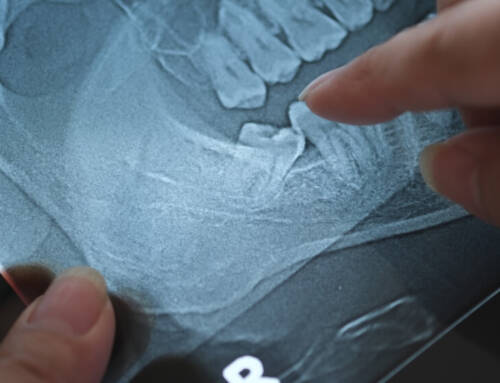Are you looking for dental implants in NW Calgary? Curious to learn more about what your options are, and which ones are best for you? Taking care of your oral health is an essential part of taking care of your overall health. The two are inextricably linked. And when it comes to dental restoration, two of the most common options are dental crowns and dental bridges.
Dental crowns are used in cases where there might be damage to a tooth that affects how it functions. However, in some cases, they may also be used when restoring an already damaged tooth. Bridges, on the other hand, are used when two or more teeth need replacement, like in the case of a gap between them that cannot be avoided by orthodontic treatment alone. Together, both facilitate chewing and speaking without pain or discomfort. In-depth explanations for both have been included below.
What Are Dental Crowns?
Dental crowns, also known as caps, are used in cases where a tooth may have been severely damaged by a cavity or a filling that was not properly applied. In this case, the crown is placed over the remaining healthy part of the tooth in order to restore its function and aesthetic appearance. Because of this function, dental crowns tend to be strong and durable in order to last for many years.
However, they may also be used when restoring teeth with minor damage or before having another restoration procedure performed. It is important to note that dental crowns only cover the visible portion of a tooth while leaving them intact below.
Dental crowns are better suited for patients who want to protect their teeth with a restoration that is not easily damaged or broken. Because of the strength and durability of this type of restoration, it tends to be more expensive in most cases when compared to dental bridges.
Due to this reason, patients often choose between these two options when dealing with very large restorations where long-term protection is desired over aesthetics alone. For this purpose, dental crowns can work very well since they are difficult to damage or break due to their strong construction.
In short: Dental crowns cover the entire surface area of a tooth while bridges replace missing teeth by connecting neighbouring healthy ones together.
What Are Dental Bridges?
While dental crowns cover a tooth entirely, they are not always able to protect them from physical harm. That is why dental bridges often make a better choice when it comes to restoring a damaged set of teeth where there is a gap that cannot be bridged by orthodontic treatment alone.
A bridge uses one or more artificial replacement teeth as well as metal abutments for joining neighbouring healthy teeth together and works as replacements for those that have been lost due to decay or injury. They can be attached as soon as all of the elements used as part of the restoration procedure have been fully prepared.
This restoration option can last for a long time if the patient takes proper care of their teeth, but it is also important to note that they are not permanent. Over time, they may need replacement or require additional attention in order to maintain their function and aesthetics.
However, both restoration options still have their own benefits when it comes to choosing between dental crowns vs bridges: Dental bridges make better choices when there has been extensive damage done to a set of teeth since they can join together neighbouring healthy ones and supply them with the necessary support, while dental crowns only cover what remains of the original tooth structure once its outer surface has been damaged by decay or trauma.
Dental crowns are better suited for patients who want to protect their teeth with a restoration that is not easily damaged or broken. Because of the strength and durability of this type of restoration, it tends to be more expensive in most cases when compared to dental bridges.
For this reason, patients often choose between these two options when dealing with very large restorations where long-term protection is desired over aesthetics alone. For this purpose, dental crowns can work very well since they are difficult to damage or break due to their strong construction.
In short: Dental crowns restore damaged tooth structure while dental bridges restore entire sets of teeth by connecting neighbouring healthy ones together.
To Summarize
Dental crowns and dental bridges are both useful options when it comes to restoring a set of teeth that have been damaged or lost due to infection or trauma. But they still differ from each other in many ways as well. Both of these restoration options offer their own benefits as well as drawbacks, so it is important for patients to discuss the merits and disadvantages associated with each option before choosing between them. This way, they can make a more informed decision regarding their oral health care plan.







